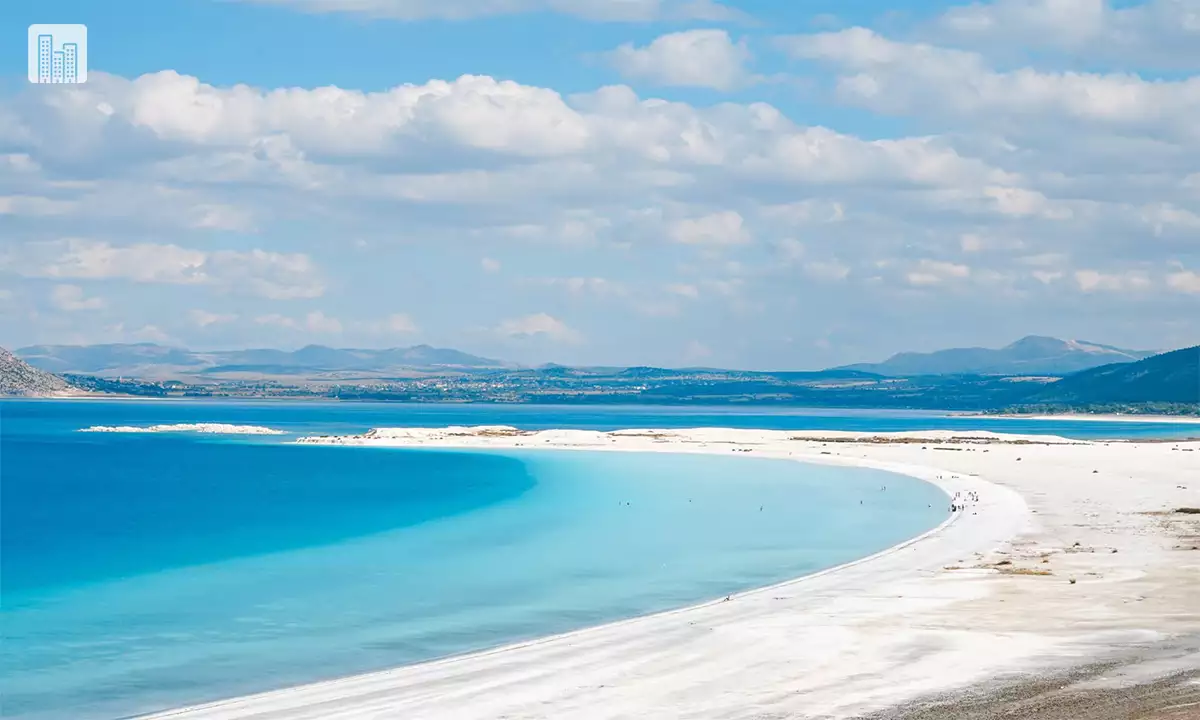By Justin Mays:
Did you know that
Turkey has a lakes district? In fact, Turkey is home to over 50 lakes. With the
beauty of the coastal areas, the lake district is often overlooked but for
nature lovers, the Turkish lakes should not be missed. Located in Southern
Turkey, inland north of Antalya in the Taurus Mountain area, you will find a
stunning underexplored area. These shallow tectonic lakes are a sight to behold
in spring and early summer.
Fly into the cities of
Isparta or Antalya to start your journey in the Turkish Lakeland region. Hire a
car, navigate the local system of long-distance busses or minibuses or walk
your way around the area. The weather is springtime perfection, sunny and mild.
Carpets of colorful wildflowers and greenery border the shores of the blue waters
and lambs and goats are found grazing throughout the countryside. Isparta is a
small Turkish city known as the city of roses, while there check out the Museum
of Turkish Democracy and Development honoring one of Turkey’s most prolific
leaders, Suleyman Demirel. Carry on to
the small village of Kuyucak famous for its lavender and buy some of the lovely
lavender products offered like ice cream, teas, and perfumes. Enjoy walking the
colorful purple-hued fields and taking photos.
The major lakes are:
Acigol, Aksehir, Beysehir, Burdur, Egirdir and the smaller ones are: Akgol,
Cavuscu, Eber, Isikli, Karamik, Karatas, Kovada, Salda, Sugle and Yarisli. Lake Egirdir is the fourth
largest lake in Turkey with sandy beaches dotting its coastline and is home to
two islands connected to the mainland via a causeway. The first, smaller, island is Can Ada (Life
Island) and the second is Yesil Ada (Green Island) which was home to a small
Greek village and still has its original stone and timber houses. Lake Salda is
known as the Turkish Maldives for its pure white sand and brilliant clear
turquoise water. It is one of the deepest lakes in Turkey and has many floral
species endemic to the area.
Trekkers and mountain
bikers will delight in following the 500-kilometer St Paul Trail. This 27-day
route follows a well-marked footpath from Perge to Yalvac, just northeast of
Lake Egirdir. This western route is more historically accurate and follows
original roads and aqueducts. There is another eastern route that starts at Beskonak,
the entry of the Koprulu Kanyon National Park that follows ancient Roman roads,
forest paths, and trails that mountain bikers can use. Less famous than the
Lycian Trail, it is also wilder, starting at sea level and climbing up to 2200
meters. This path follows St Paul’s first journey through Asia Minor and offers
its explorers the chance to observe rural life in Turkey. Those who choose this
experience will find accommodation in village houses, small pensions or can
camp out.
Slow down to enjoy
village life and have a tea in the town squares of the villages you pass
through while looking for historical sites. The hilltop ancient city Sagalassos
will astonish visitors. Human settlement in the area goes back to 8000 BC and
when Alexander the Great conquered the city in 330 BC it was one of the
wealthiest cities of Pisidia.
Meander through the
other ancient ruins in the area like Kremna, Panemoteikhos, Seleukeia, Adada,
and more. The area is also home to many small historical wooden mosques with
colorfully painted interiors.
The Turkish Lake
District is worth a visit, and we envision more and more interest in the area.
One should take their time to explore this region and soak in its beauty and be
ready to engage with locals and relax with the nature surrounding them.














